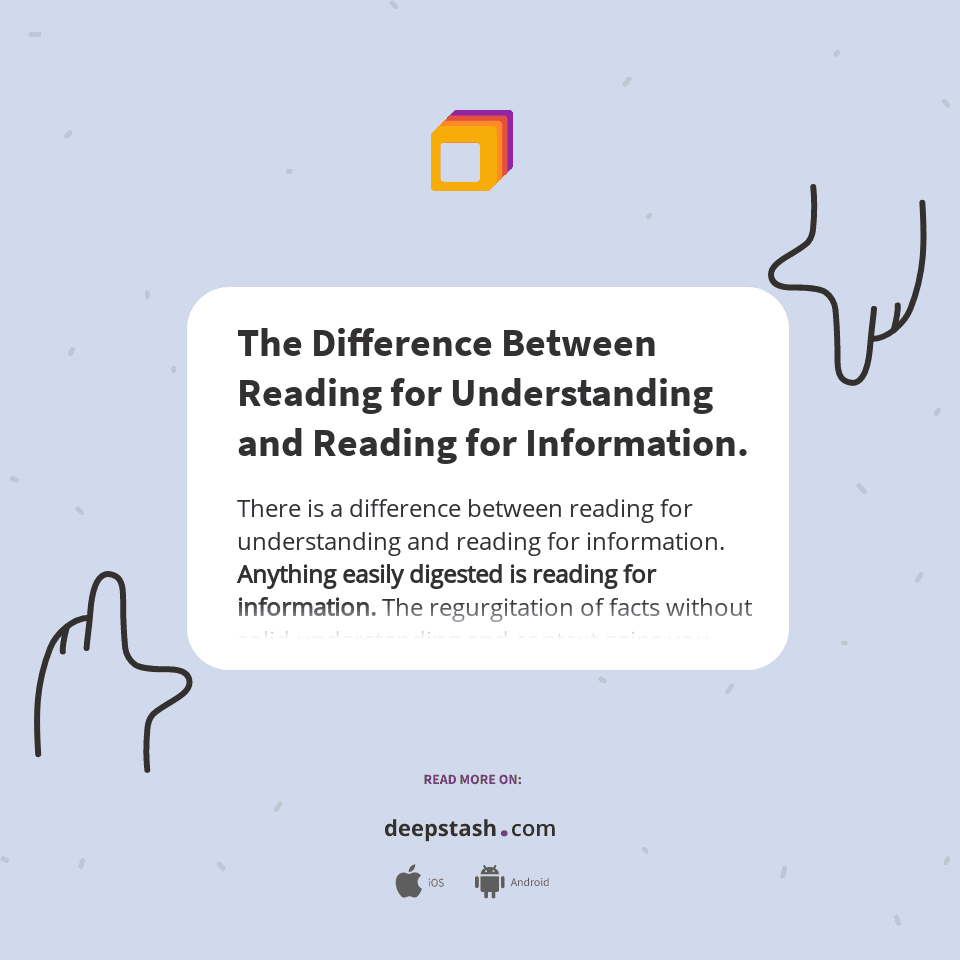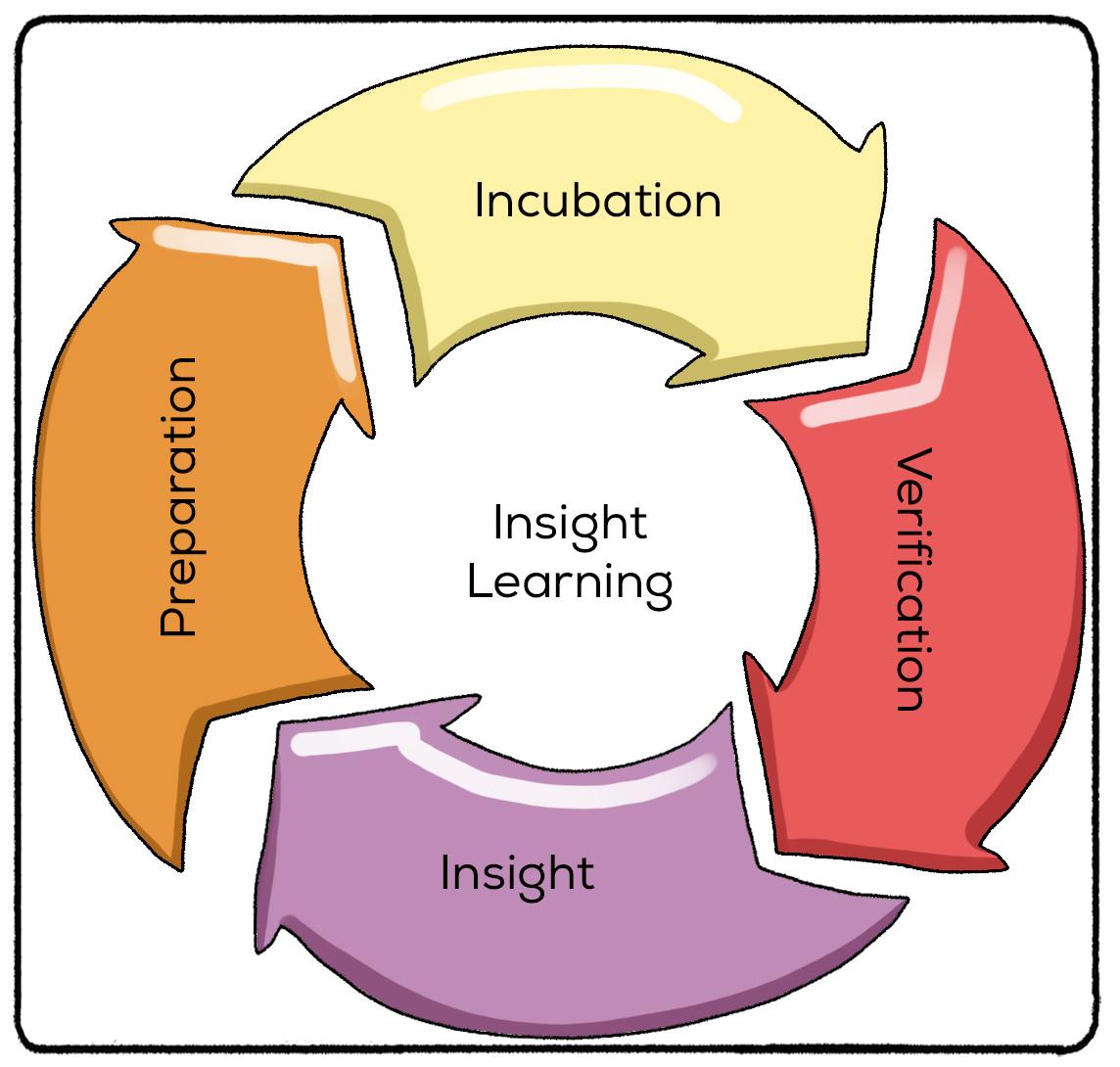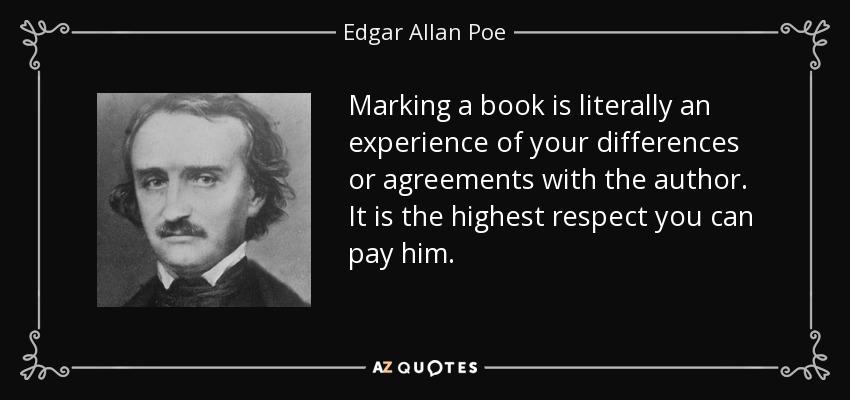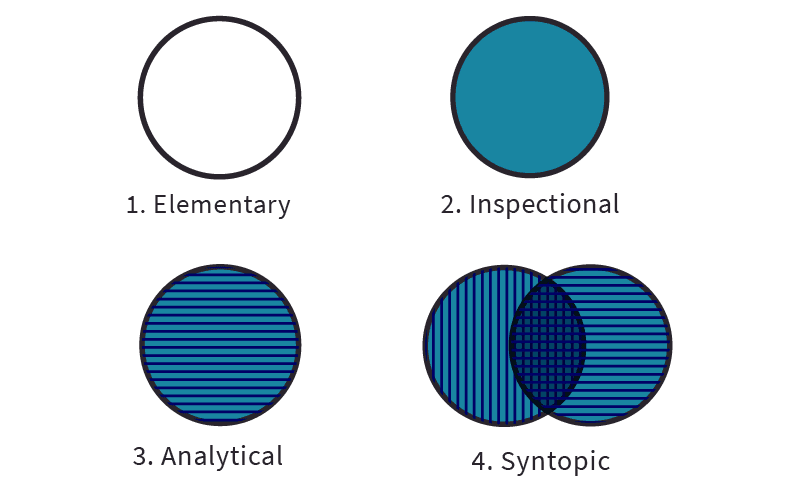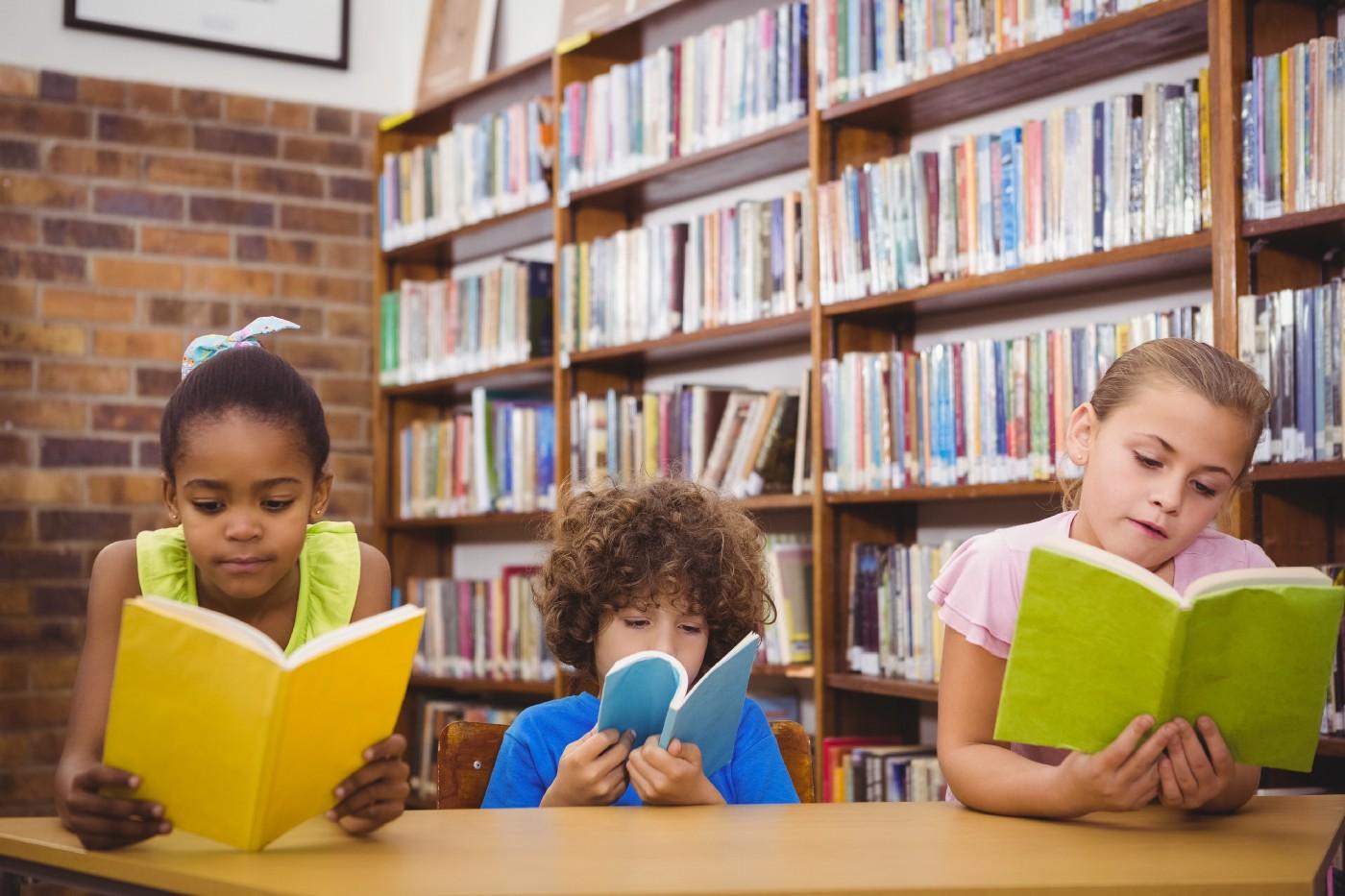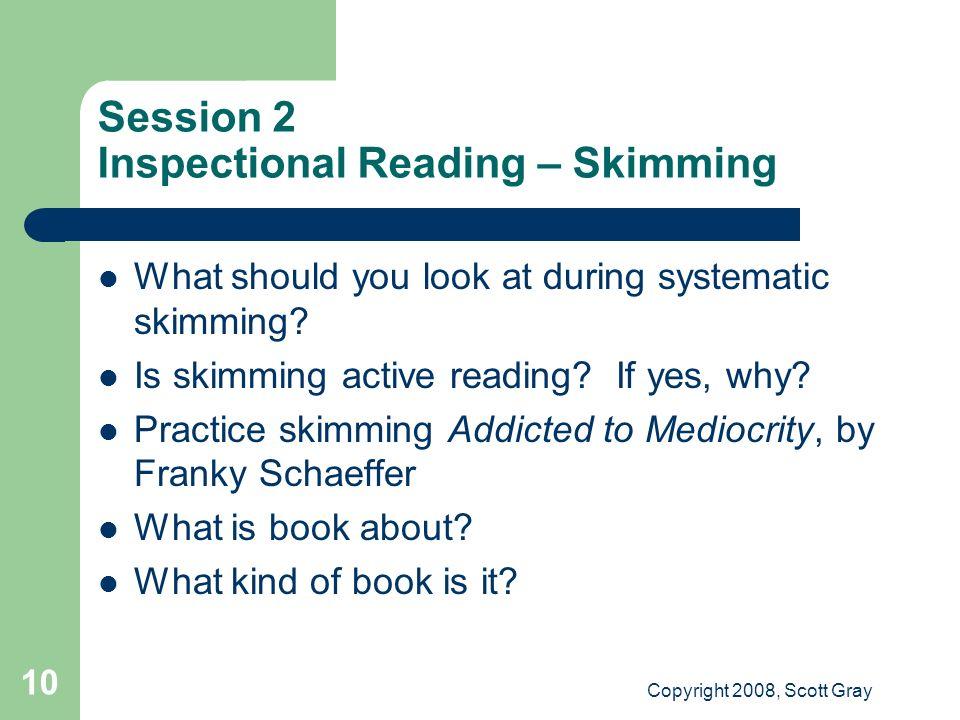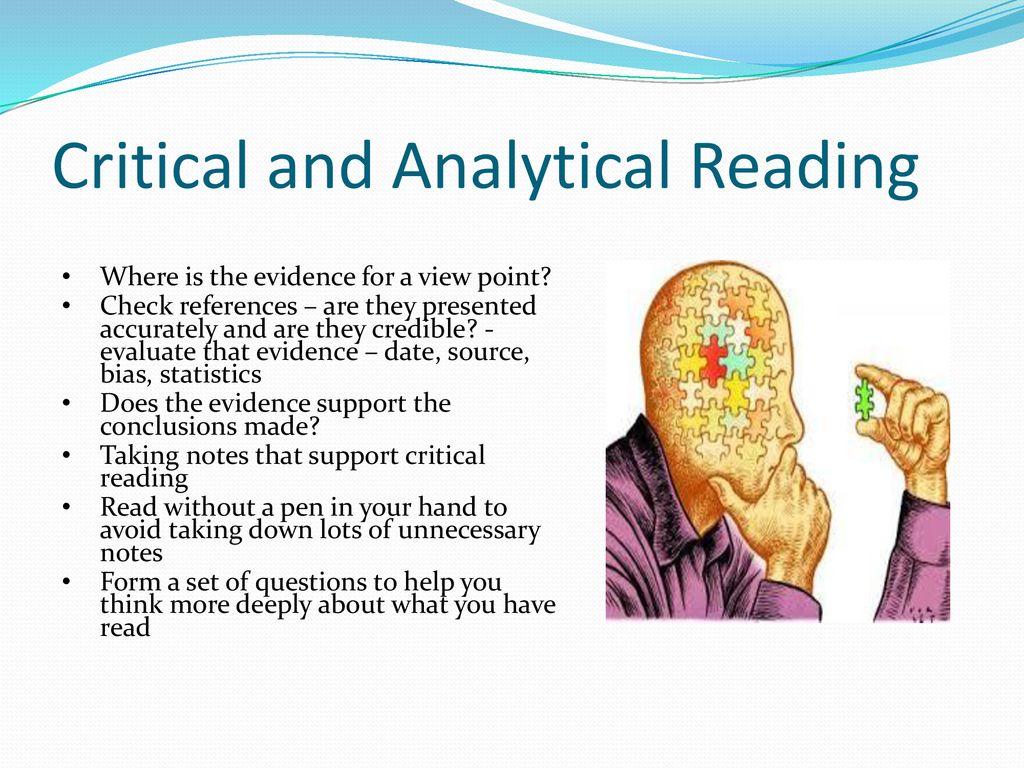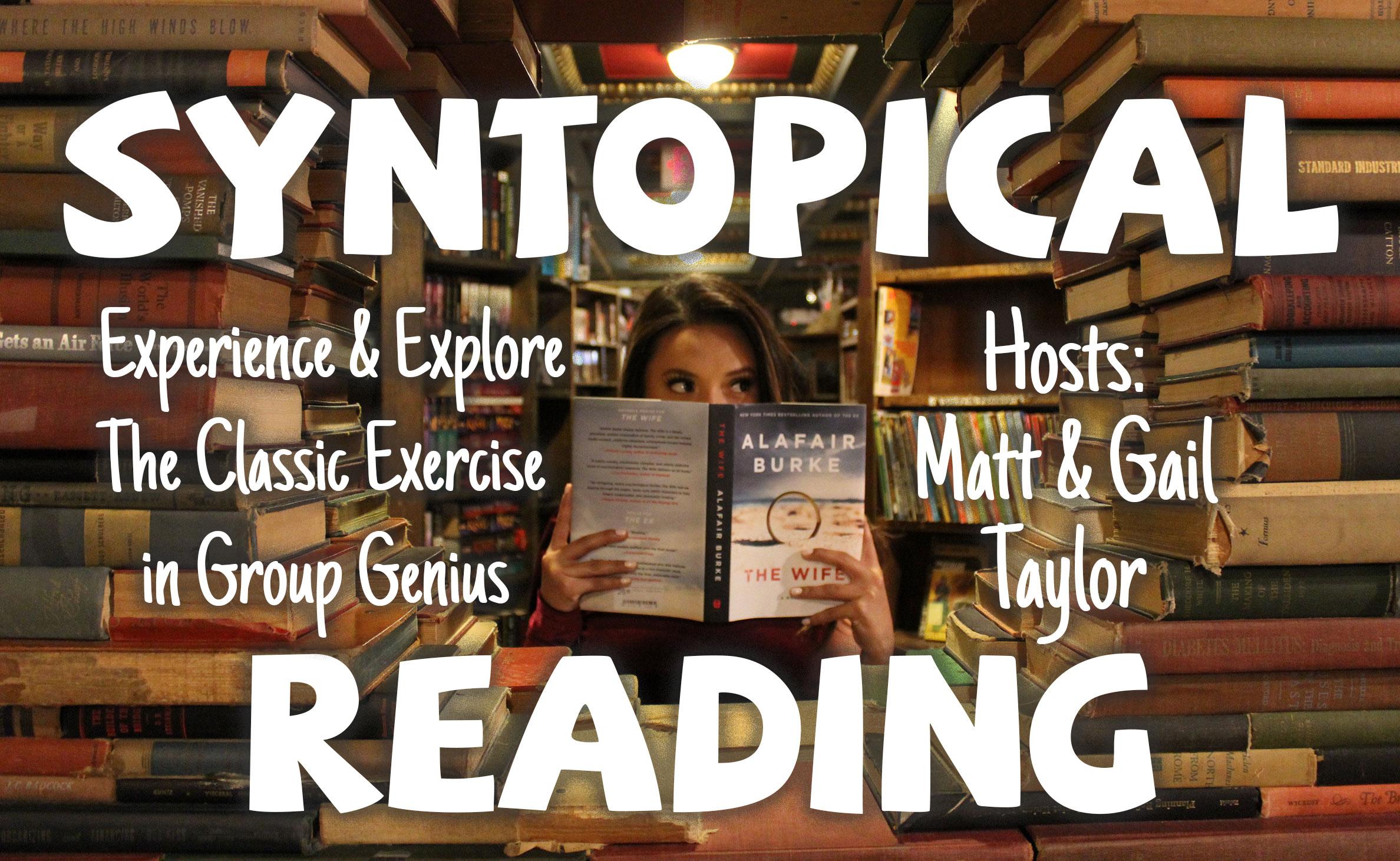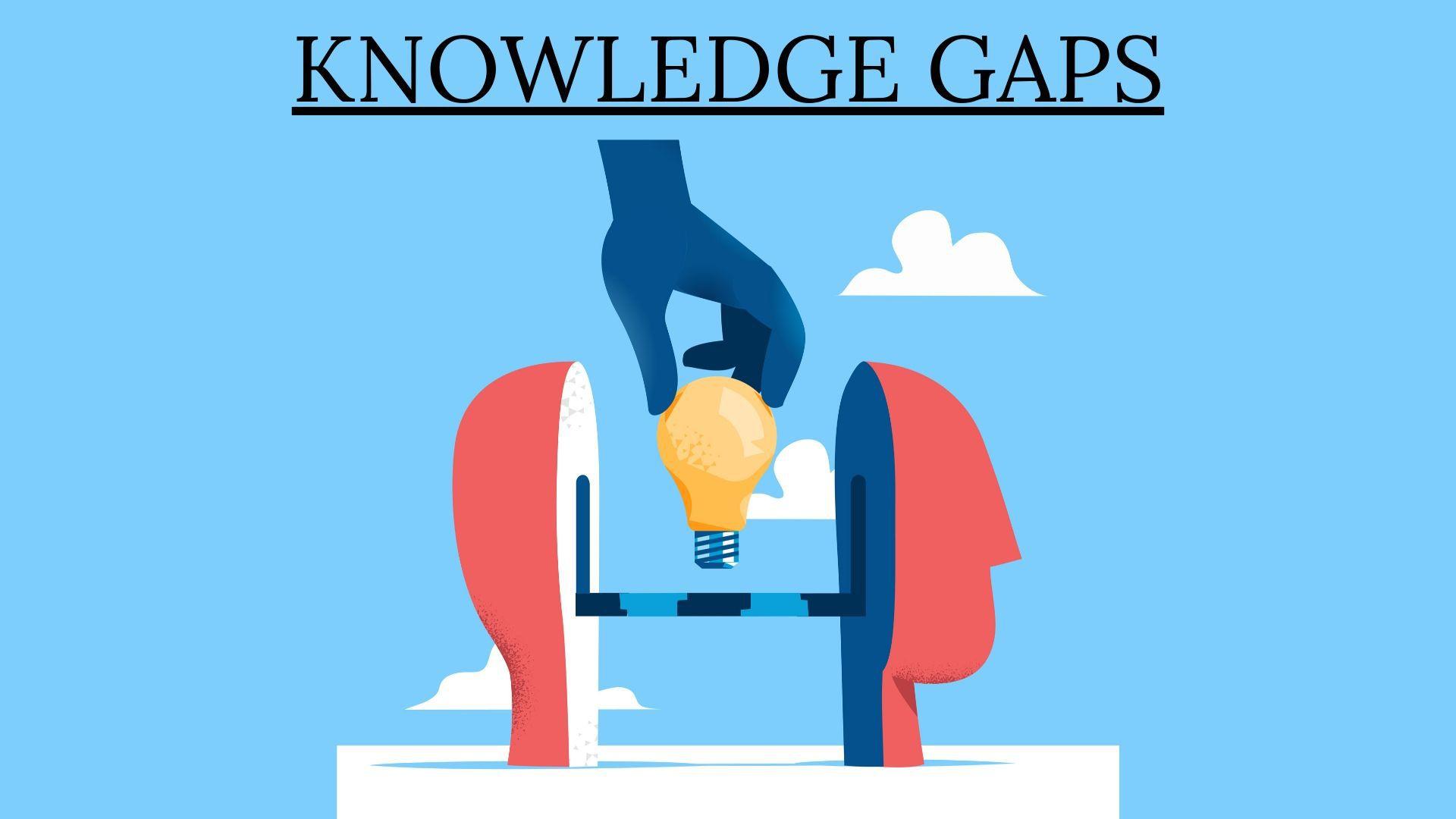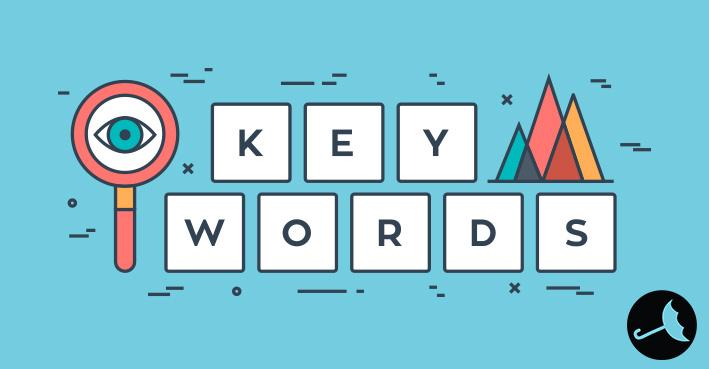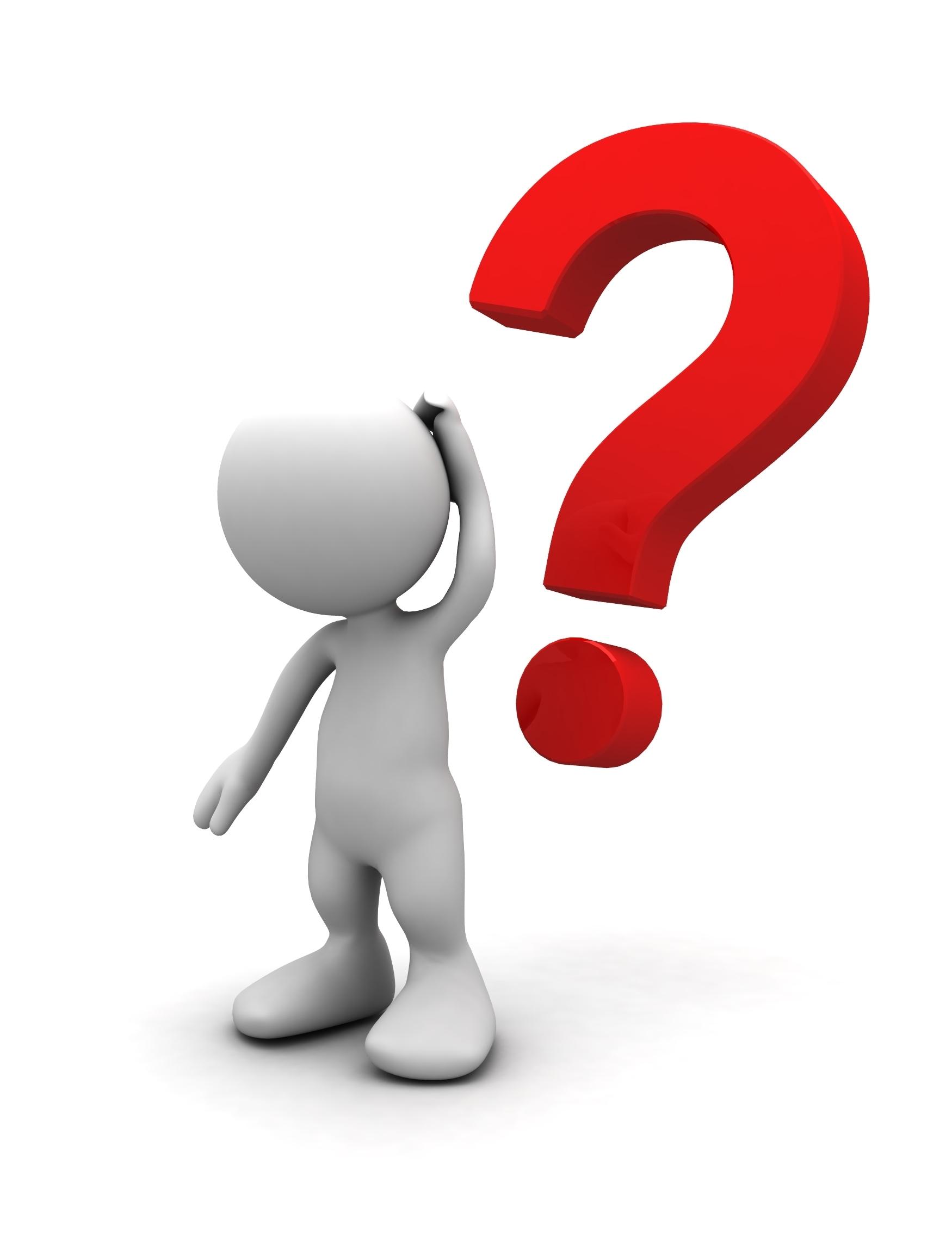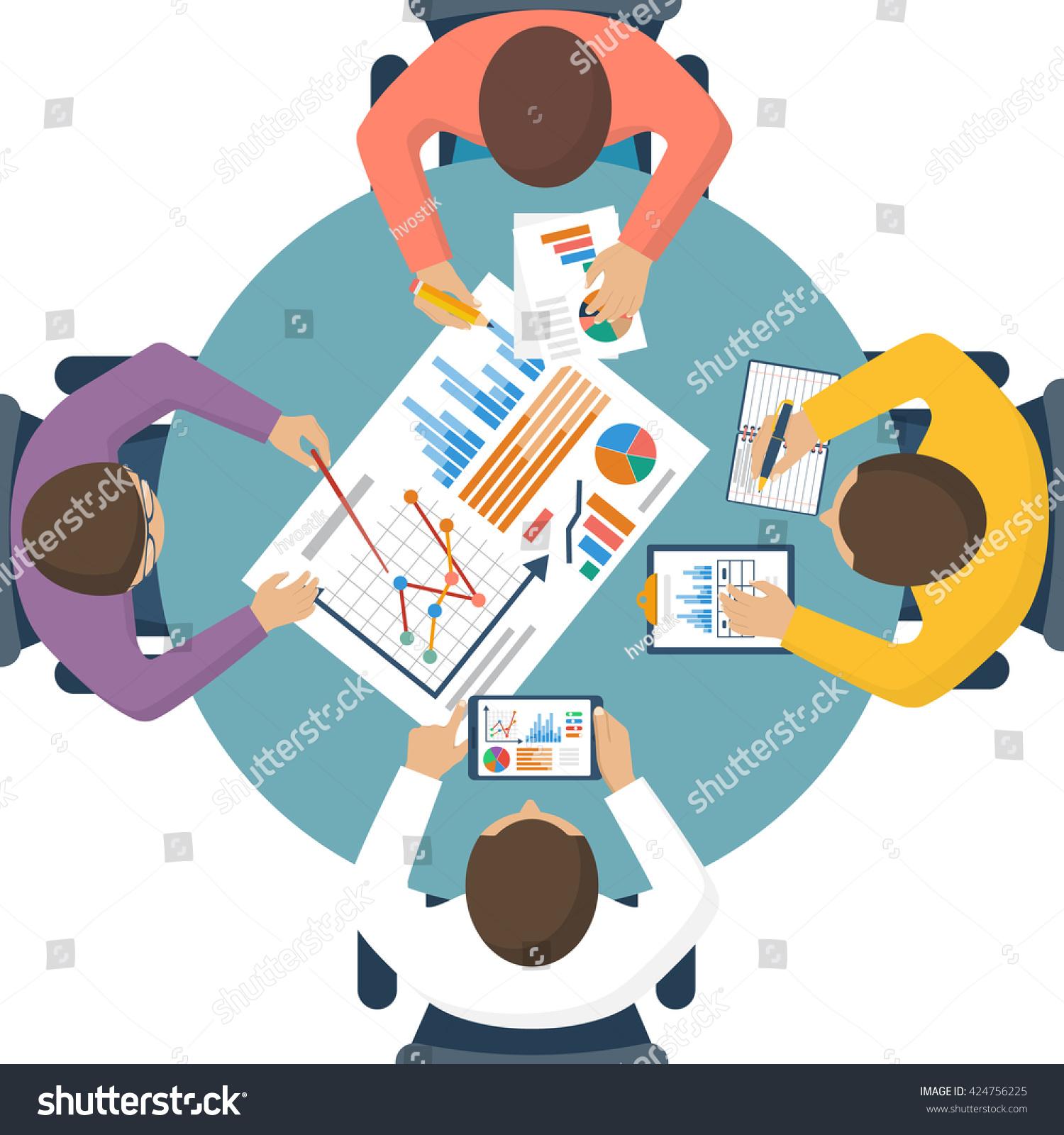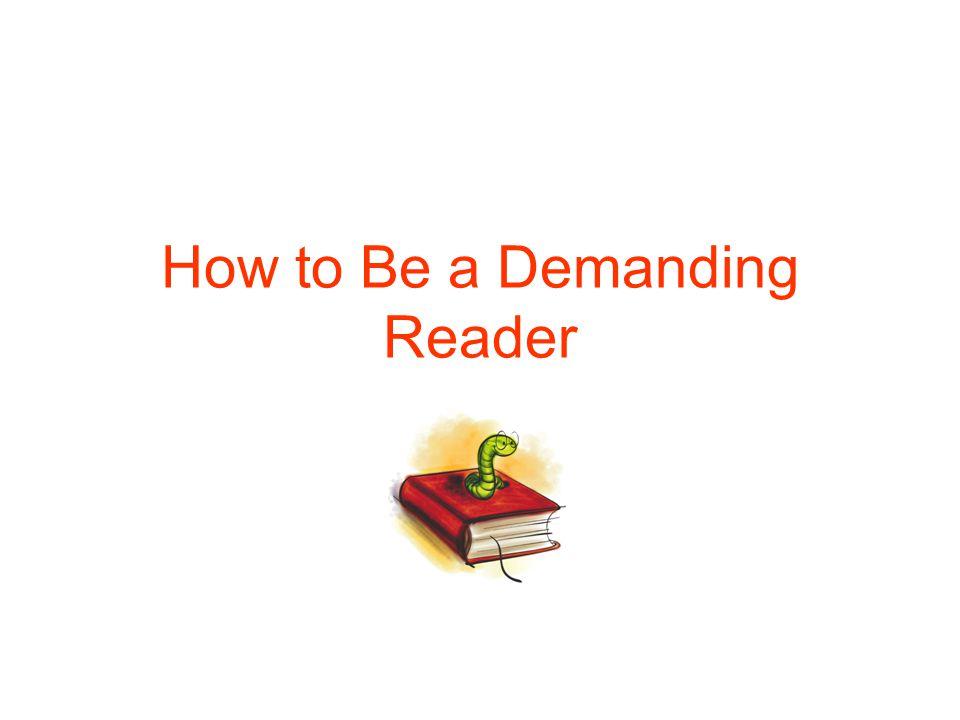Explore the World's Best Ideas
Join today and uncover 100+ curated journeys from 50+ topics. Unlock access to our mobile app with extensive features.
The Ultimate Guide to read a book by Mortimer Adler
By the time you finish reading, you’ll have a framework for reading at different levels that you can apply right away.
How We Learn To Read
I bet you already know how to read a book. You were taught in elementary school.
But do you know how to read well?
There is a difference between reading for understanding and reading for information.
If you’re like most people, you probably haven’t given much thought to how you read. And how you read makes a massive difference to knowledge accumulation.
240
2.43K reads
A lot of people confuse knowing the name of something with understanding. While great for exercising your memory, the regurgitation of facts without solid understanding and context gains you little in the real world.
A useful heuristic: Anything easily digested is reading for information.
Consider the newspaper, are you truly learning anything new? Do you consider the writer your superior when it comes to knowledge of the subject? The odds are probably not. That means you’re reading for information. It means you’re likely to parrot an opinion that isn’t yours as if you had done the work.
240
2.29K reads
This is how most people read. But most people aren’t really learning anything new. It’s not going to give you an edge, make you better at your job, or allow you to avoid problems.
Learning something insightful requires mental work. It’s uncomfortable. If it doesn’t hurt, you’re not learning. You need to find writers who are more knowledgeable on a particular subject than you. By narrowing the gap between the author and yourself, you get smarter.
249
1.92K reads
“Marking a book is literally an experience of your
differences or agreements with the author. It is the highest respect you can pay him.”
— EDGAR ALLEN POE
244
2.31K reads
The Four Levels of Reading
Mortimer Adler literally wrote the book on reading. Adler identifies four levels of reading:
1. Elementary Reading
2. Inspectional Reading
3. Analytical Reading
4. Syntopical Reading
254
2.07K reads
How You Read Matches Why You’re Reading
The goal of reading determines how you read. Reading the latest Danielle Steel novel is not the same as reading Plato. If you’re reading for entertainment or information, you’re going to read a lot differently (and likely different material) than reading to increase understanding. While many people are proficient in reading for information and entertainment, few improve their ability to read for knowledge.
230
1.69K reads
1. Elementary Reading
This is the level of reading taught in our elementary schools. If you’re reading this website, you already know how to do this.
225
1.57K reads
2. Inspectional Reading
We’ve been taught that skimming and superficial reading are bad for understanding. That is not necessarily the case. Using these tools effectively can increase understanding. Inspectional reading allows us to look at the author’s blueprint and evaluate the merits of a deeper reading experience.
There are two sub-types of inspectional reading:
- Systematic skimming
- Superficial reading
235
1.62K reads
Systematic skimming — This is meant to be a quick check of the book by
(1) reading the preface;
(2) studying the table of contents;
(3) checking the index; and
(4) reading the inside jacket.
This should give you sufficient knowledge to understand the chapters in the book, pivotal to the author’s argument. Dip in here and there, but never with more than a paragraph or two. Skimming helps you reach a decision point: Does this book deserve more of my time and attention? If not, you put it down.
240
1.39K reads
Superficial reading — This is when you just read. Don’t ponder the argument, don’t look things up, don’t write in the margins. If you don’t understand something, move on.
What you gain from this quick read will help you later when you go back and put more effort into reading. You now come to another decision point. Now that you have a better understanding of the book’s contents and its structure, do you want to understand it?
Inspectional reading gives you the gist of things.
Sometimes that’s all we want or need. But sometimes we want more. Sometimes we want to understand.
238
1.32K reads
3. Analytical Reading
Francis Bacon once remarked, “some books are to be tasted, others to be swallowed, and some few to be chewed and digested.”
You can think of analytical reading as doing that chewing and digesting. This is doing the work. Analytical reading is a thorough reading. If inspectional reading is the best you can do quickly, this is the best reading you can do given time.
At this point, you start to engage your mind and dig into the work required to understand what’s being said.
244
1.35K reads
There are four rules to Analytical Reading:
- Classify the book according to kind and subject matter.
- State what the whole book is about with the utmost brevity.
- Enumerate its major parts in their order and relation, and outline these parts as you have outlined the whole.
- Define the problem or problems the author is trying to solve.
You’ll probably notice that while those sound pretty easy, they involve a lot of work. Luckily the inspectional reading you’ve already done has primed you for this.
240
1.15K reads
4. Syntopical Reading
This is also known as comparative reading, and it represents the most demanding and difficult reading of all. Syntopical Reading involves reading many books on the same subject and comparing and contrasting ideas, vocabulary, and arguments.
This task is undertaken by identifying relevant passages, translating the terminology, framing and ordering the questions that need answering, defining the issues, and having a conversation with the responses.
The goal is not to achieve an overall understanding of any particular book, but rather to understand the subject and develop a deep fluency.
243
1.04K reads
This is all about identifying and filling in your knowledge gaps.
There are five steps to syntopical reading:
1. Finding the Relevant Passages — You need to find the right books and then the passages that are most relevant to filling your needs. So the first step is an inspectional reading of all the works that you have identified as relevant.
231
946 reads
2. Bringing the Author to Terms — In analytical reading, you must identify the keywords and how they are used by the author. This is fairly straightforward. The process becomes more complicated now as each author has probably used different terms and concepts to frame their argument. Now the onus is on you to establish the terms. Rather than using the author’s language, you must use your own. In short, this is an exercise in translation and synthesis.
232
873 reads
3. Getting the Questions Clear — Rather than focus on the problems the author is trying to solve, you need to focus on the questions that you want to be answered. Just as we must establish our own terminology, so too must we establish our own propositions by shedding light on the problems to which the authors provide answers. It’s important to frame the questions in such a way that all or most of the authors can be interpreted as providing answers. Sometimes we might not get an answer to our questions because they might not have been seen as questions by the authors.
231
767 reads
4. Defining the Issues — If you’ve asked a clear question to which there are multiple answers then an issue has been defined. Opposing answers, now translated into your terms, must be ordered in relation to one another. Understanding multiple perspectives on an issue helps you form an intelligent opinion.
230
783 reads
Becoming a Demanding Reader
Reading is all about asking the right questions in the right order and seeking answers.
There are four main questions you need to ask of every book:
- What is this book about?
- What is being said in detail, and how?
- Is this book true in whole or in part?
- What of it?
If all of this sounds like hard work, you’re right. Most people won’t do it. That’s what sets you apart :)
242
883 reads
IDEAS CURATED BY
CURATOR'S NOTE
This book explains not just why we should read books, but how we should read them. It's masterfully done.
“
Similar ideas
8 ideas
How to Read a Book
Mortimer J. Adler, Charles Van Doren
11 ideas
How to Read a Person Like a Book
Gerard Nierenberg, Henry H. Calero
Read & Learn
20x Faster
without
deepstash
with
deepstash
with
deepstash
Personalized microlearning
—
100+ Learning Journeys
—
Access to 200,000+ ideas
—
Access to the mobile app
—
Unlimited idea saving
—
—
Unlimited history
—
—
Unlimited listening to ideas
—
—
Downloading & offline access
—
—
Supercharge your mind with one idea per day
Enter your email and spend 1 minute every day to learn something new.
I agree to receive email updates


